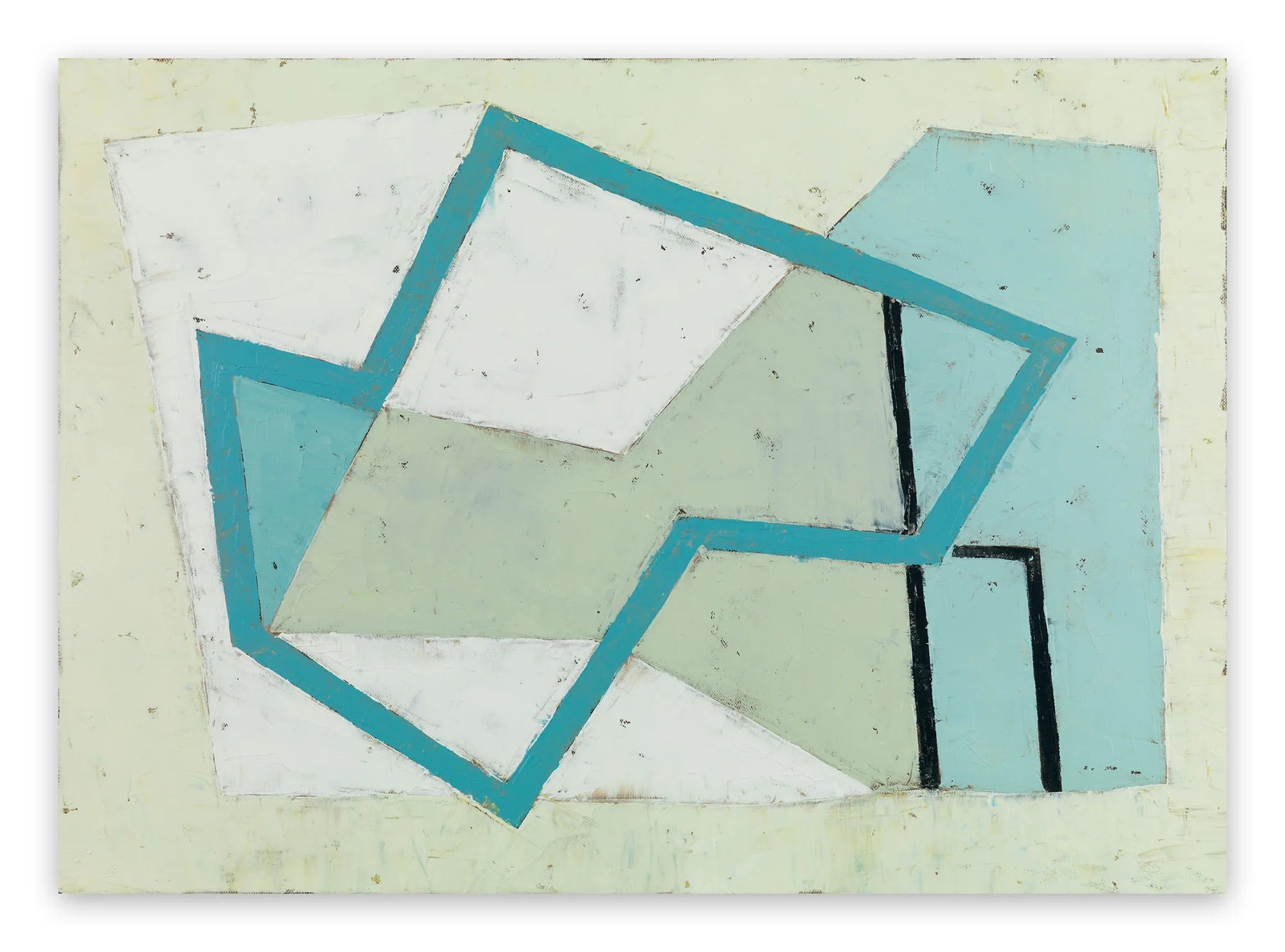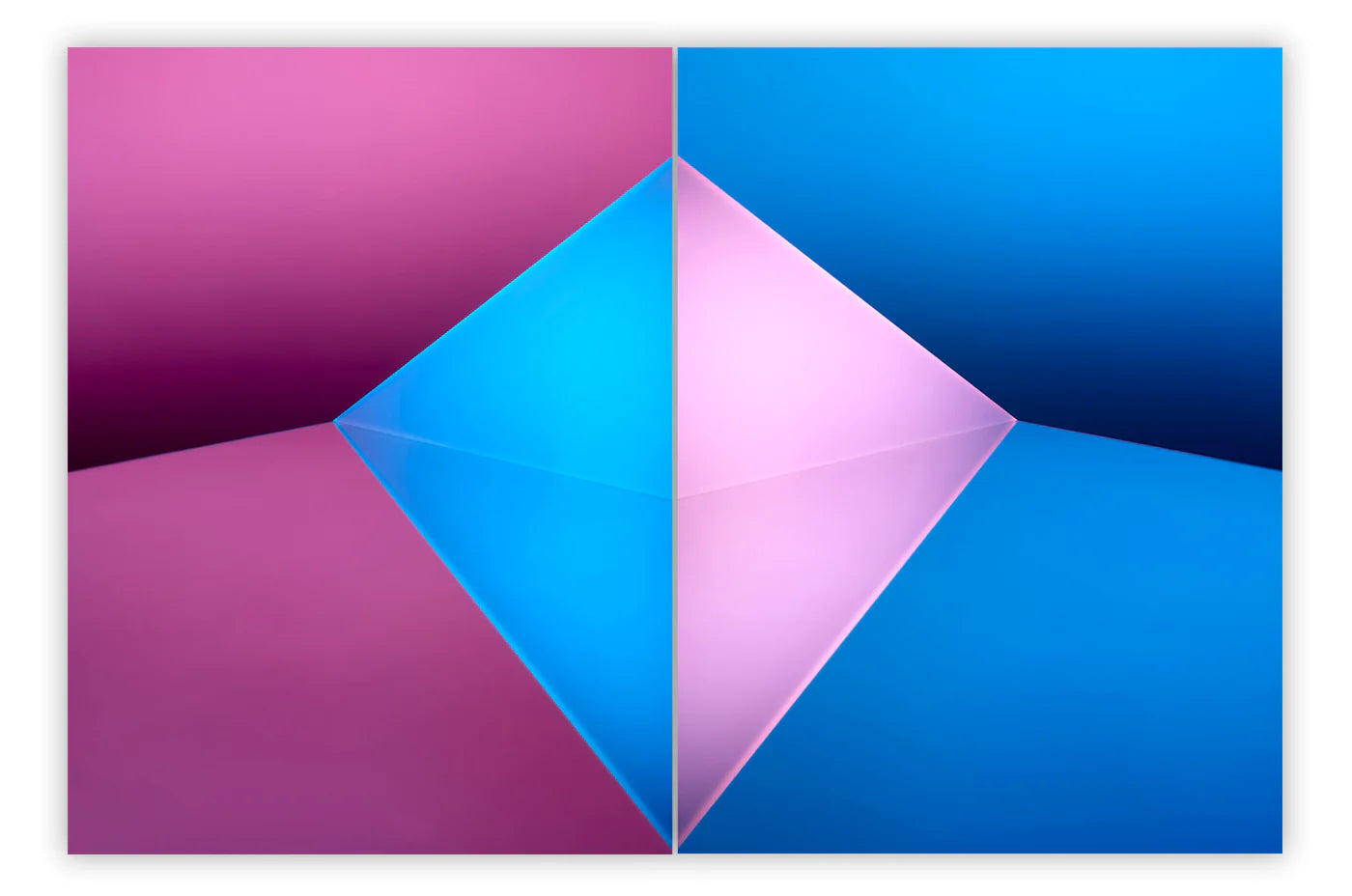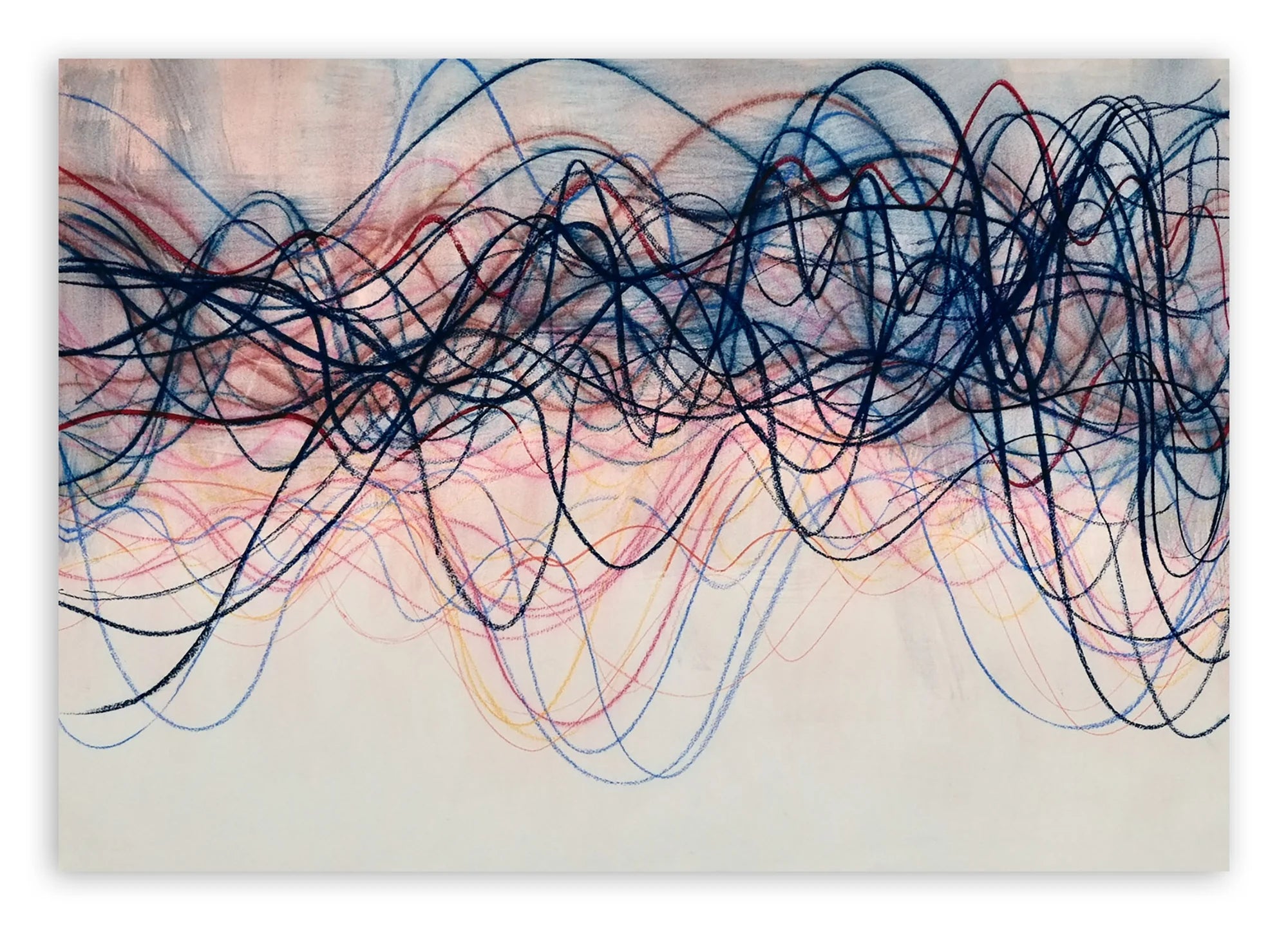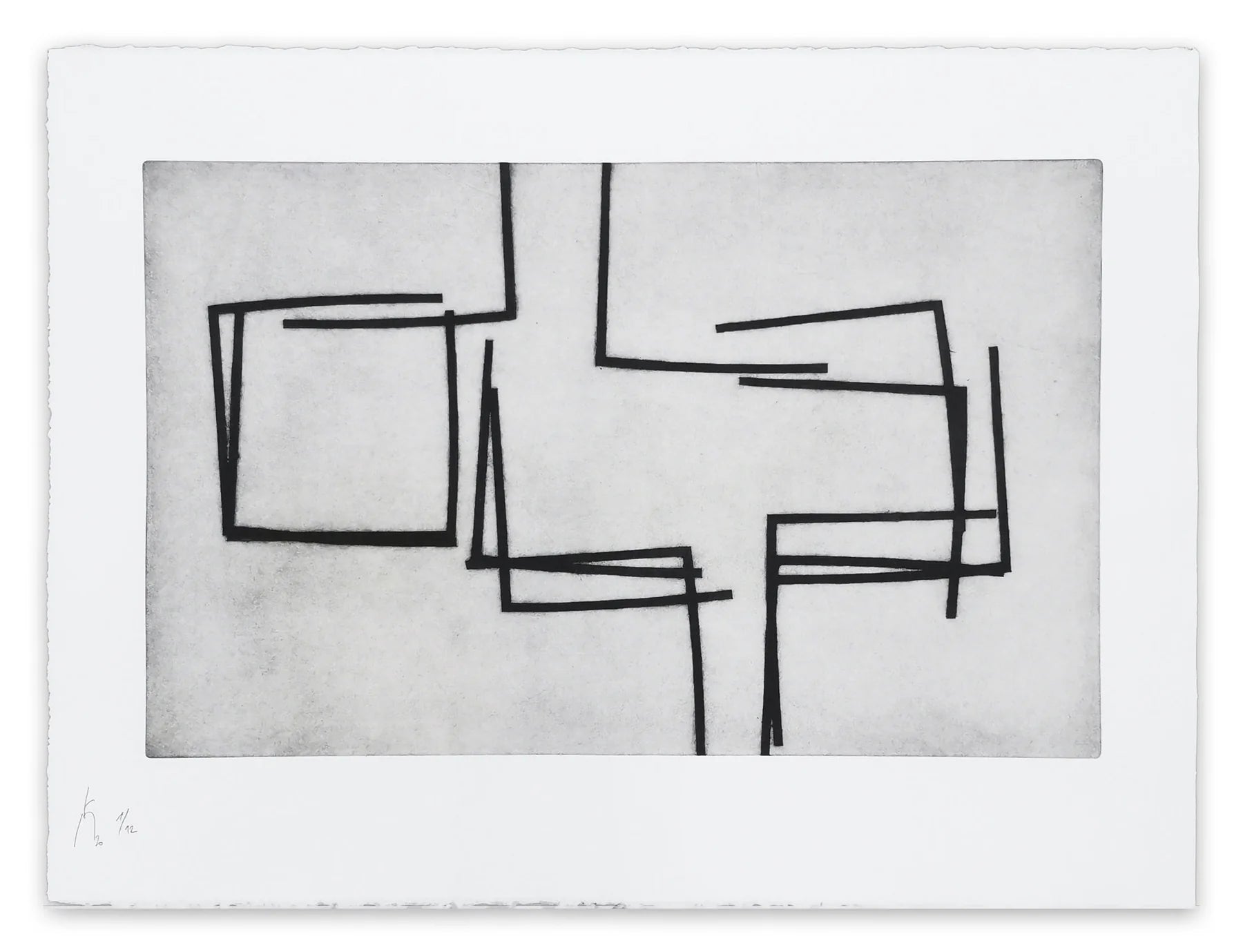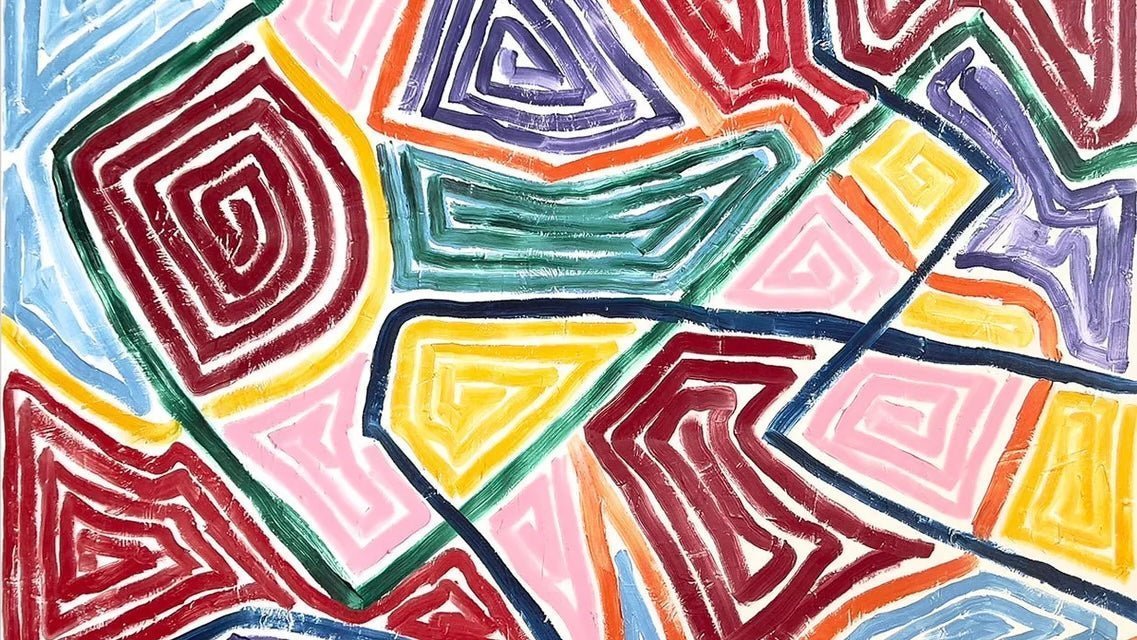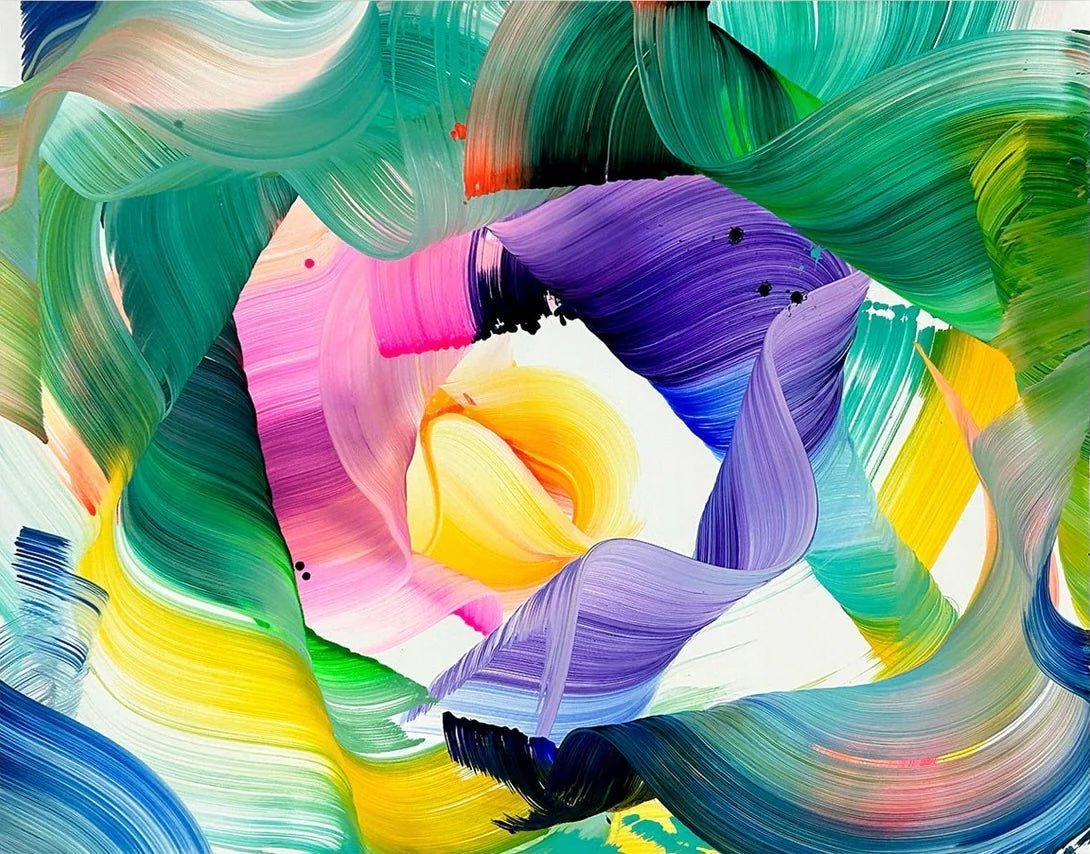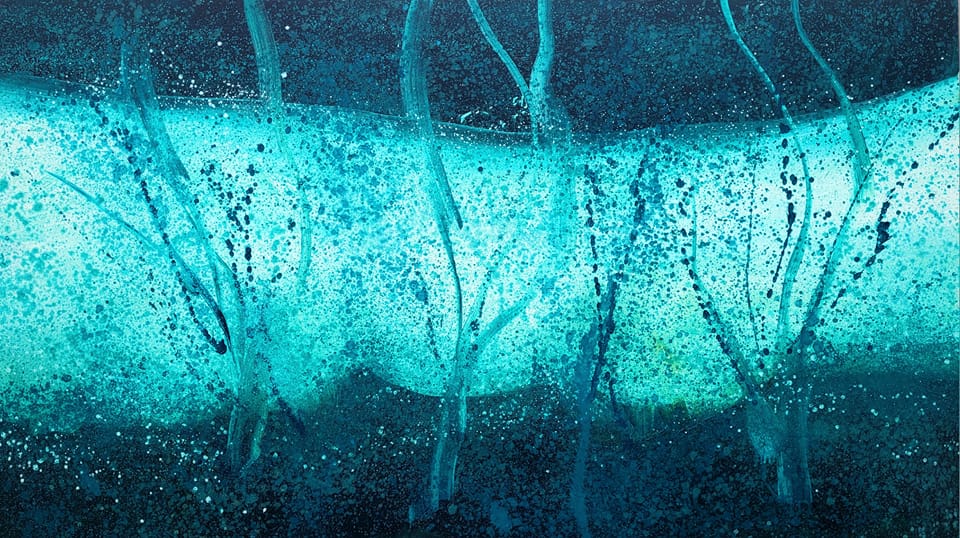
Abstract Approaches of Modern Italian Art
Most people who study the history of Italian art learn about the classical masters from the High Renaissance and Baroque periods, such as Leonardo da Vinci, Michelangelo, Raphael and Caravaggio. Fewer hear about Modern Italian Art movements like Arte Povera and Spatialism, or Contemporary Italian masters like Ettore Spalletti. In order to understand the full story of Italian art, it is essential to study the numerous ways Italian artists have contributed to Modernism. Some Italian Modernist movements have been figurative in nature, such as Arte Nucleare, which confronted the horrors of atomic power in the aftermath of World War II, and Transavantgarde, an Italian version of Neo-Expressionism that arose in the 1970s. And at least one Italian Modernist movement, Novecento Italiano, was regressive, embracing Fascism and advocating a return to ancient, realistic, classical styles. But Italy has also been the birthplace of several abstract Modernist art movements that have gone on to shape international contemporary art tendencies in profound ways. Though the list of artists associated with these movements may be too long to cover in one article, here is a beginning primer on a few of the key abstract, Modern Italian art movements, and some of the artists that helped define them.
Italian Futurism
On a country road outside of Milan in 1909, Filippo Tommaso Marinetti crashed his car into a ditch after swerving to avoid a bicyclist. Marinetti became enraged by the incident. He resented the slow moving bicycle. He was fanatical about speed and power and believed the roads should belong to the machines of the new age. He was part of the brash generation of young Italian artists that would soon become known as the Futurists.
Following his car accident, Marinetti wrote an essay that was published in newspapers in Italy and France. It became known as the Futurist Manifesto and it described in passionate detail the frustration these young artists felt under the weight of history. It spoke of wanting to “deliver Italy from its gangrene of professors, of archaeologists, of guides, and of antiquarians.” It espoused mechanical force, violence and war, and suggested that modern artists should embrace the new industrialized world and destroy all of the traditions and institutions of the past.

Umberto Boccioni - Unique Forms of Continuity in Space, 1913, two views
Italian Futurist Art
In their art, the Italian Futurists endeavored to portray motion and speed. They portrayed the chaos of the city and visions of a rapidly and violently changing world. A key principle of Italian Futurism was known as Dynamism, or the combined experience of speed, movement and sound. Giacomo Balla was one of the masters of Dynamism. His early efforts at the technique were figurative, but his style quickly became more abstract as he evolved to address Dynamism through the formal qualities of painting such as color, line and form. A key example is the painting Abstract Speed + Sound, from 1914.
Umberto Boccioni was another Futurist master of Dynamism. An accomplished painter, Boccioni created one of the most famous Futurist paintings, called The City Rises. But over time he became interested in the challenge of presenting what he called “succession,” or the sensation of movement through physical space, in three-dimensional space. He most famously realized this goal in his abstract sculpture Unique Forms of Continuity in Space, created in 1913.

Lucio Fontana - Spatial Concept, 1950. © Fondazione Lucio Fontana, Milan
Spatialism
A generation after the Futurists, the next major Italian abstract Modernist art movement began, initiated by an artist named Lucio Fontana. Originally from Argentina, Fontana was interested primarily in expressing the qualities and essence of space. He was intrigued by how form could occupy space, contain space and open up access to space. He is often referred to as a painter since his most famous works hang on the wall. But Fontana was originally trained as a sculptor, and he considered his so-called paintings to defy the definition of two-dimensional art.
In 1946, he wrote an essay called the White Manifesto, which openly called for an end to traditional definitions of two and three-dimensional art. He instead encouraged synthesis in art. In his manifesto Fontana described how traditional “static” definitions of art such as painting and sculpture were no longer adequate for an age dominated by “the dynamic principle of movement through time and space.” Through this transformative outlook, Fontana created many innovations. He made some of the first examples of installation art and in the late 1940s achieved the ultimate manifestation of his thinking when he began building canvases that he then cut into with a knife. His piece Concetto spaziale – Attesa, a monochromatic red canvas with a single knife slash through the center of it, is considered the epitome of Spatialist thought, as it succeeds in creating form out of space.

Lucio Fontana - Concetto spaziale – Attesa, 1965. © Fondazione Lucio Fontana, Milan
Arte Povera
One of the most transformative abstract Modernist art movements of the 20th Century originated in Italy in the 1960s. It was called Arte Povera, or poor art, because of the tendency its practitioners had to rely on common materials and everyday subject matter. The movement initially grew out of resistance to other Modernist art tendencies such as Minimalism, which emphasized industrial processes and tried to remove the personality of the artist from the work. The artists associated with Arte Povera wanted to reconnect art to everyday life.
In order to connect with the mundane, the banal and the everyday these artists attempted to create unique moments of interaction between the art objects they made and the viewers who encountered them. They made art that, although abstract, communicated simple direct messages. They used easy to understand, natural, tactile, pre-industrial materials such as rope, dirt, fabric and even feces. In the midst of concurrent art movements dedicated to eliminating emotion and individualism from art, these artists stressed the importance of the humanity of both the artist and the viewer, and openly invited the public to interact directly with their art.

Pino Pascali - Bristleworms
The Artists of Arte Povera
Piero Manzoni is considered the father of Arte Povera, though he died at age 29 in 1963, before he could be included in its major exhibitions. Through his work, Manzoni destroyed the illusion that art and life are separate by directly involving viewers with his art. In a piece called Consumption of dynamic art by the art-devouring public, Manzoni “signed” hardboiled eggs with his thumbprint then invited viewers to eat the eggs. In a piece called Magisk Sokkel, Dutch for Magic Shelf, he invited viewers to participate by standing on a pedestal, transforming them into living sculptures.
Other Arte Povera artists did not involve the public directly, but rather created work that was intentionally designed to suggest viewer interaction. Pino Pascalo created large-scale Bristleworms, which were worm-like sculptures made of bristle brushes that viewers were encouraged to touch. And in 1965, Michelangelo Pistoletto expressed what is perhaps the perfect iteration of the marriage of art and everyday life. His piece Structure for Talking While Standing (Minus Objects) consisted of a railing installed in a gallery on which viewers could lean and set their foot while talking.

Michelangelo Pistoletto - Structure for Talking While Standing (Minus Objects)
Contemporary Modern Italian Art
Today the traditions of Italian Modernism are alive and well. Ettore Spalletti is one of the leading abstract artists working in Italy today. He is loosely associated with the core ideas of Arte Povera, though his work is decidedly different than most members of that group. A multi-disciplinary artist, Spalletti makes objects that deal with the essence of color. He engages in a laborious process involving the application of multiple layers of handmade paint until the essential nature of the color he seeks reveals itself. It is in that fleeting moment when the color finally appears that he stops his process.
The objects Spalletti makes project an ethereal luminosity. They seem like captured moments from a sunrise or gleams of light off the surface of water frozen in time. In addition to showing his works in galleries and museums, Spalletti has also created entire interior environments in places such as a mortuary and a chapel. Perhaps it is from such expressions, which relate to everyday life, that he continues his association with Arte Povera. But Spalletti is also a unique voice in Italian contemporary abstract art. He and his many contemporaries in the Italian abstract art community of today enjoy a connection with each of the influential Italian art movements of the past. And most importantly, like their predecessors, they continue to keep the tradition alive of placing Italian art on the forefront of innovative Modernist thought.
Featured Image: Giacomo Balla - Abstract Speed + Sound, 1913-1914. Oil on unvarnished millboard in artist's painted frame. 21 1/2 x 30 1/8 in (54.5 x 76.5 cm). The Solomon R. Guggenheim Foundation Peggy Guggenheim Collection, Venice, 1976. © 2018 Artists Rights Society (ARS), New York/SIAE, Rome
All images used for illustrative purposes only
By Phillip Barcio
